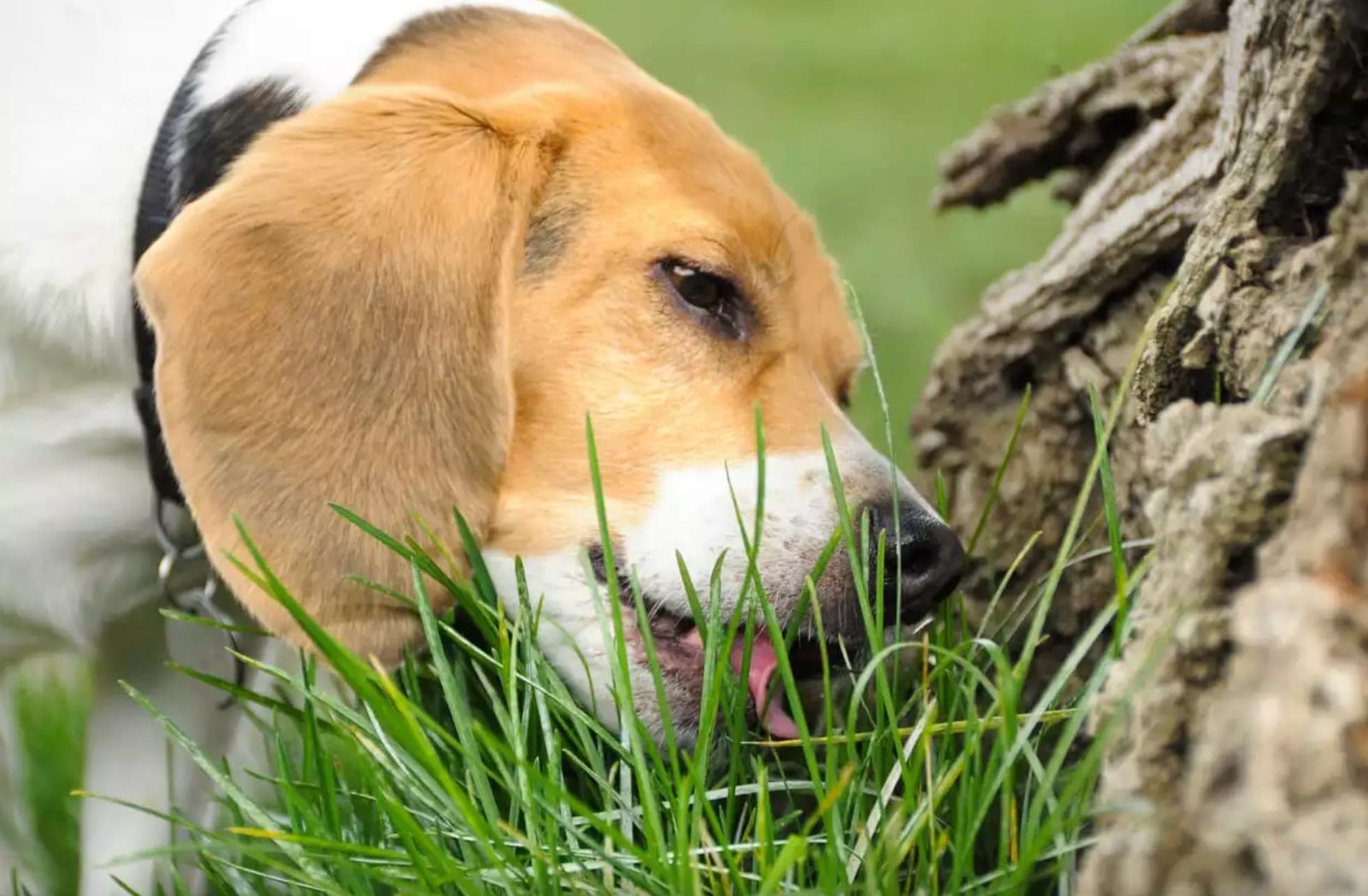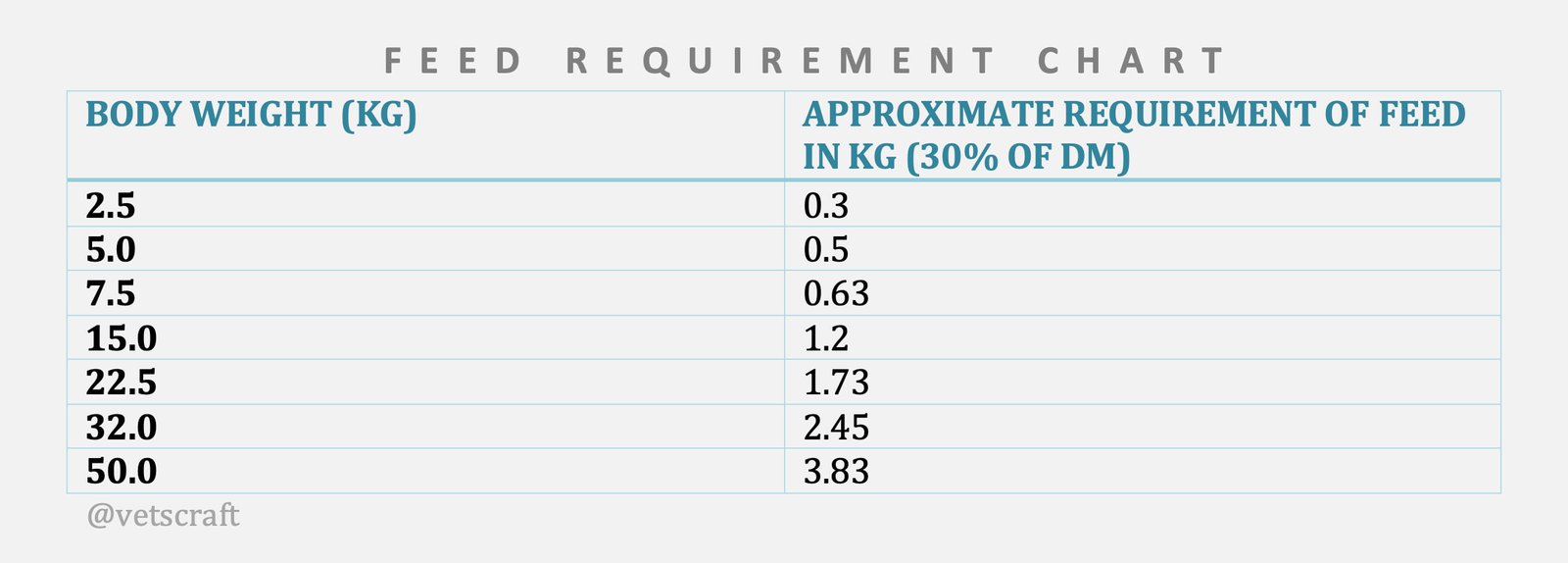Feeding Management of Dogs
Proper feeding management is crucial for maintaining the health, longevity, and well-being of dogs. A well-balanced diet ensures optimal growth, energy levels, and prevention of nutrition-related diseases.
Feeding Behaviour of Dogs
Due to cooperative hunting behaviour, the dog‘s ancestors (wolf) can prey on large prey species and they eat the hunt as quick as possible. The same behaviour still present in domestic dog species which leads to rapid eating of their food.
The tendency to eat rapidly can be a problem for some dogs because it may predispose them to choke or swallow large amounts of air.
Dog while feeding with other dogs or other livestock species tends to eat more rapidly.
Changing the food less palatable or make the food difficult to eat rapidly (semi moist food are consumed more quickly than dry food) or large pieces of food are possible approaches to slow down the feeding in dogs.
Adding water to the dog‘s food immediately before feeding decreases the rate of eating and minimizes the chance of swallowing large amounts of air. Other approaches include adding a large ball to the bowl or purchasing a feeding bowl that includes a center hub that functions to slow eating rate.
Many dogs readily consume garbage, carrion, insects, and feces that they encounter in the yard or while out walking.
Plant eating, in particular grass eating, is also frequently reported by owners. Contrary to popular beliefs, there is no evidence that grass/plant eating in dogs is a sign either of illness or nutrient deficiency. Rather, grass eating appears to be a normal Candi behavior as it is widespread among wolves and has not been shown to be associated with gastrointestinal upset or the onset of vomiting.
It has been suggested that plant eating in canid and felid species may play a role similar to that described in chimpanzees, who consume entire leaves from various plants, which then function to purge intestinal parasites as they travel through the gastrointestinal tract.

It is possible that plant eating evolved in dogs and cats to serve the same function. Although scavenging garbage and coprophagy are considered to be normal behaviors in dogs, these behaviours can present a health and sanitation risk and generally should be prevented.
Keeping the yard picked up, using supervision, and teaching dogs a reliable-leave it command are the best approaches to controlling scavenging and stool-eating behaviors.
The dog‘s ancestry suggests that an intermittent feeding schedule consisting of large meals interrupted by periods of fasting is the most natural way to feed dogs.
However, when dogs are given free access to food, they will consume many small meals frequently throughout the day.
This pattern is similar to that seen in cats, with the exception that dogs tend to eat only during the day time. The domestic dog is quite capable of adapting to a number of different feeding regimens. These regimens include portion-controlled feeding, time-controlled feeding or free-choice (adlibitum) feeding.
Feeding of Dogs
It is difficult to suggest a hard and fast regimen for the feeding of dogs. It is always better for the individual dog owners to maintain the dogs on the food materials ordinarily prepared in the house rather than preparing special food for dogs.
Pups are weaned from the dam at six to eight weeks of age.
After weaning, a combination of cow’s milk (250 ml), water (125 ml), egg yolk (one), glucose (half teaspoon) fed at intervals would be a good substitute for the dam’s milk. Goat’ s milk is good for pups.
For two to three days after weaning, the pus will be crying, may be because of the separation from its dam.
With the impression that the pup is crying due to hunger never overload them with ‘milk and biscuits (as often done) resulting indigestion.
Feeding Schedule

Rusk, fresh bread, good quality dog biscuits, eggs, soup, porridge (Wheat flour, oats, ragi, or soybeans cook it in milk) may be fed in early puppyhood.
Gradually, change over to the dietary articles which you can afford daily, by the third month. Start feeding beef without much fat by the second month on wards.
Avoid feeding the so called “Dog Meat” available from the market or Slaughter house as far as possible or at least up to six months of age.
Feeding rice in early puppyhood gives it a pot-bellied appearance and hence it is advisable to commence feeding rice after three months of age.
An adult animal requires one square meal a day but many owners prefer to give some scraps or a cup of milk or tea or an egg in the morning.
It will be preferable to give the main meal sometimes in the afternoon rather than during the night, since the dogs have a tendency to sleep after a heavy meal.
Cooking or warming the food after chopping it into smaller bits makes it more palatable and digestible.
The feed shall contain 30% meat and the rest cereals, vegetables, milk, egg, bread etc. Vegetables like carrot, beetroot, etc. may be added in the dog’s diet. Chicken and fish may be fed but the bones should be removed.
For rearing a dog as a vegetarian vegetable soup, soybean meal, chappathi, idli etc. would be ideal choice.
Feed Requirement Chart

Principles of Feeding Dogs
The feed shall contain at least 30 % meat and the rest shall be cereals, vegetables, milk, egg, bread, etc. There are at least 15 known minerals that are required for the dog.
The role of calcium and phosphorus is very important in growing and lactating animals, so also the requirement of vitamins. It is necessary to supplement minerals and vitamins, even from the pre-weaning period.
It is a good practice to provide a large bone for the pup to gnaw.
It provides calcium and phosphorus as supplement and helps to keep the teeth clean and may revent indiscriminate biting tendency till the permanent teeth erupt. Leather bone is a good substitute.

